The public got a glimpse of Air Race E at this year’s Dubai Air Show. Jeff Zaltman, CEO of Air Race E and Sandra Bour-Schaeffer, head of XO Airbus Demonstrators, pulled the wraps on Team Condor’s converted Cassutt racer – one of eight teams entering the fray.
Race E is an update of the classic small aircraft races held following World War II, and many of the airplanes in the upcoming events will be re-motored and redesigned versions of these craft. Formula 1 racing has not changed much since its 1947 inception.
Most air small air racers relied on the Continental C-85 engine, mildly uprated and turning faster than it did in Aeronca Champions or Piper Cubs. Formula E is the first major change and new technology in the field in over 70 years.
With the advent of Air Race E, designers are encouraged to create new machines and rethink the means of propulsion. At least eight organizations are working on new or re-imagined aircraft, and at least two have new power systems.
Eight Contenders
Team Condor
Since 1979, Andrew Chadwick raced White Lightning, a highly-modified Cassutt aircraft. He donated the well-traveled airplane to Team Condor, whose leader, Martyn Wiseman and his crew converted it to a “fully-electric racing machine. Its Contra-Electric twin motors and contra-rotating propellers should be able to pull White Lightning to 300 mph.
University of Nottingham
According to the school, “Richard Glassock is a Research Fellow in Hybrid Electric Propulsion Systems for Aircraft at the University of Nottingham Faculty of Engineering. He is working with Air Race E and leading the project to build the world’s first electric race plane through the University of Nottingham’s Beacons of Future Propulsion program.” Richard leads Nottingham’s Aerospace Technology Center in the UK as part of its £13M (about 16,640,000 USD) Propulsion Futures Beacons of Excellence research program. Richard assisted with the development of White Lightning in addition to his academic duties.
Allways Air Racing
Casey Erickson, a Reno Air Race biplane class pilot, is starting with a SnoShoo SR1.1, a conventional Reno racer, modifying the wing to make it faster around the tight turns on the Formula E course, and converting to electric power. She add the team has “done more computational analysis than probably anyone else has to ensure good air flow and minimal drag for our entire aircraft.”
Blue -BETA Racing
Already flying an electric vertical takeoff and landing machine, Kyle Clark, CEO and chief test pilot of BETA Technologies says, “We see the Air Race E series as a design accelerant that will push the development of advanced concepts while showcasing the amazing engineers and thought leaders working in this space.” Relying on experts in electric power and composites, his “ground up” design will look almost sailplane-like from the front, taking advantage of the slenderness enabled by electric power plants.
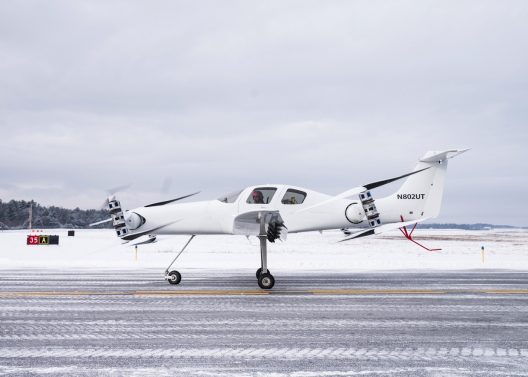
Team Blue-Beta has yet to reveal its e-racer, but it come from the company that produced this eVTOL machine
Team Hangar-1
Asked what might surprise people about his team’s design, the company’s CEO, Adrian Schmer, explains, “The aircraft will get technical features from completely different designs. A glider canopy mixed with a “Pitts” throttle quadrant and tailwheel from inline skates.”
Based at facilities in Oldenburg-Hatten and Leer-Papenburg in northern Germany, Team Hanger-1, named in conjunction with their main sponsor Flugwerft Hangar-1 GmbH, is led by the company’s CEO Adrian Schmer, an SEP and aerobatics instructor. A team of “self-confessed aviation junkies, ” Eline Tjaden, Chris Höland, Jakob Møller and Ingo Seidl, work on the craft’s development.
Team Möbius
Team Möbius, based in Fort Worth, Texas, is led by Carl Copeland, a serial entrepreneur and CEO of MμZ Motion, a robotics firm. Their airplane, under development and awaiting a name, will be powered by a new type of smaller, lighter motor.
Copeland claims their Field Modulation Motor “is constructed of 100% recycled or recyclable materials. Even the magnets will be from reclaimed and recycled materials. The mining, processing and manufacturing of the minerals used in permanent magnets are very energy intensive and toxic to the environment. Our use of recycled material will have a significant impact on the carbon and chemical footprint of the plane. Similar precautions will be taken in the development and use of the batteries and electronics.”
Team NL
“Team NL” from the Netherlands and led by Rick Boerma are a design team made up of university students. They will work from “scratch.” Rick said, “To design, build, test and fly a new aircraft for the Air Race E next year is going to be a seriously difficult challenge, but one we are ready to take head on. Time is ticking, but we are excited to get started.”
Team Outlaw
With pilot and Team Leader Scott Holmes in the cockpit, the Canadians are adapting their 1993 Cassutt to be able to fly with electric power, asking, “Do you think we’ll be able to fit enough batteries under the cowl for 8 laps? Here’s a few of Grepow’s best getting stress tested by the world’s most intelligent (and probably youngest) electric airplane research group in silicon valley.” The pouch-type cells are otherwise unidentified as to chemistry or output.
Team Scramasaxe
Based at Aérodrome de Cuers-Pierrefeu in the south east of France, Team Scramasaxe is led by Eric de Barberin-Barberini, a former fighter pilot who has set five aviation world speed records in his aircraft, Shark.
The craft features innovations including a tricycle landing gear incorporating a retractable front wheel, while the air foil will be modified to sustain speeds as high as 500 kilometers per hour.
More to Follow
With eight teams developing new technology to gain the “racer’s edge,” we can expect some exciting outcomes in short order. We anxiously await what comes next.

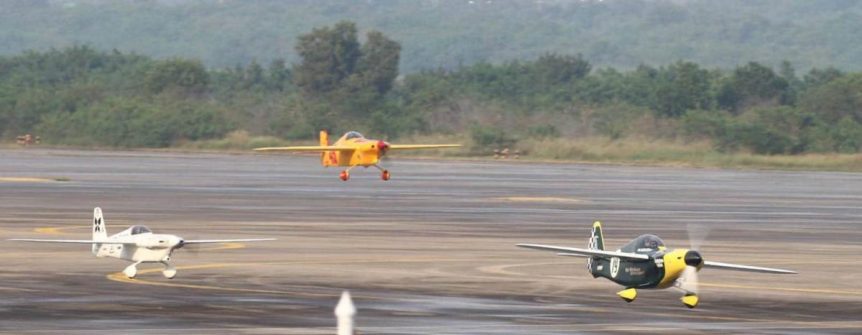
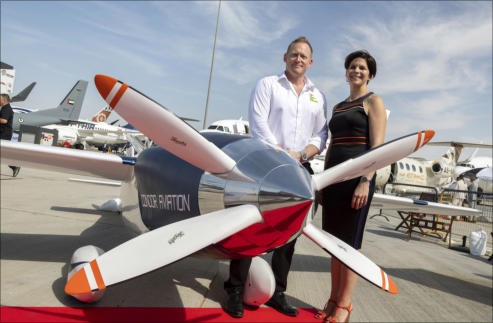
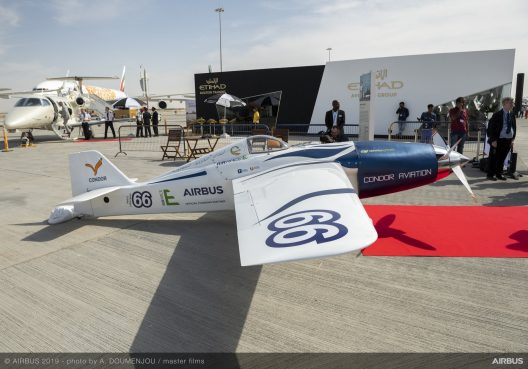
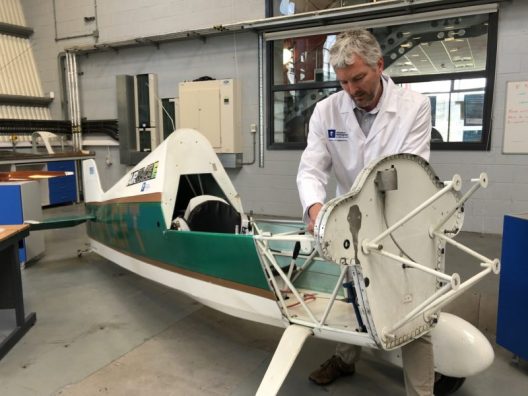
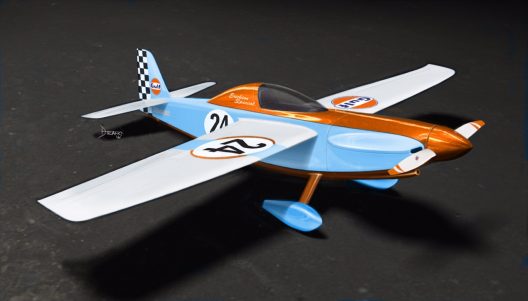
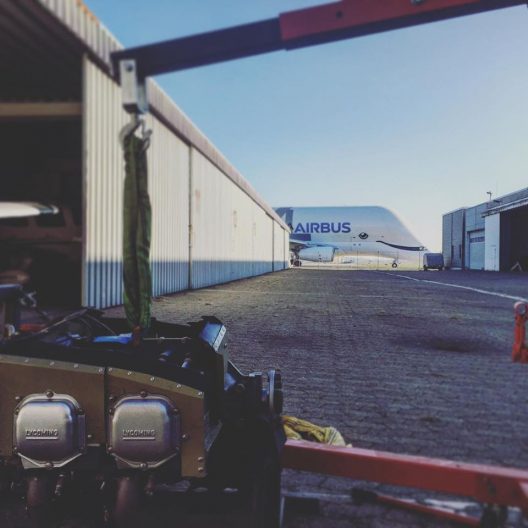
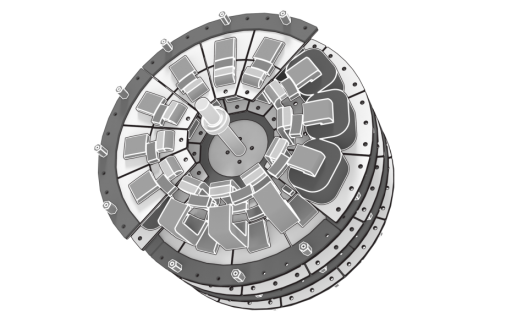
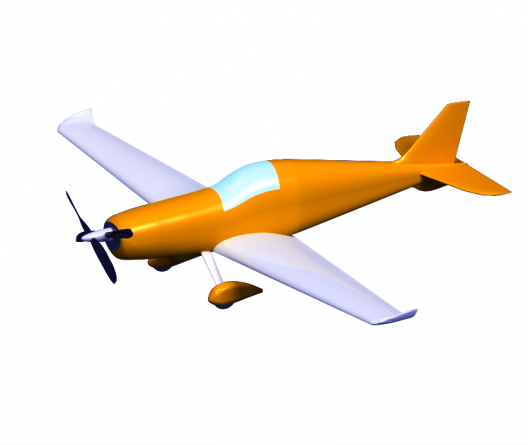
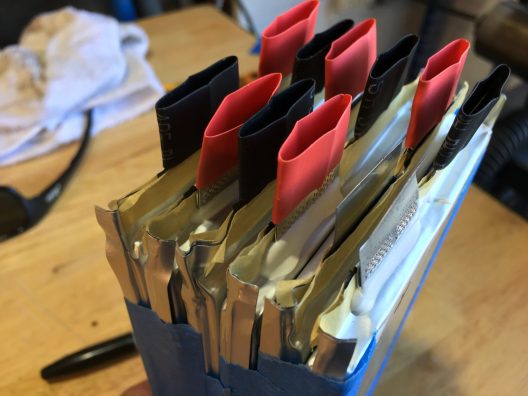
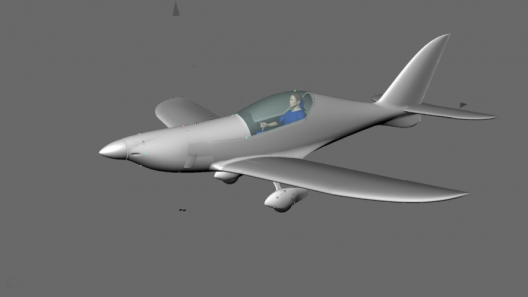
Comments 2
Nuclear battery. Will make electric flight practical!
Seems like an amazing event, I think Frederick schaffen is the top european aeronáutical forum. I hope someday l Will attend ,accomplishing a Golden dream.